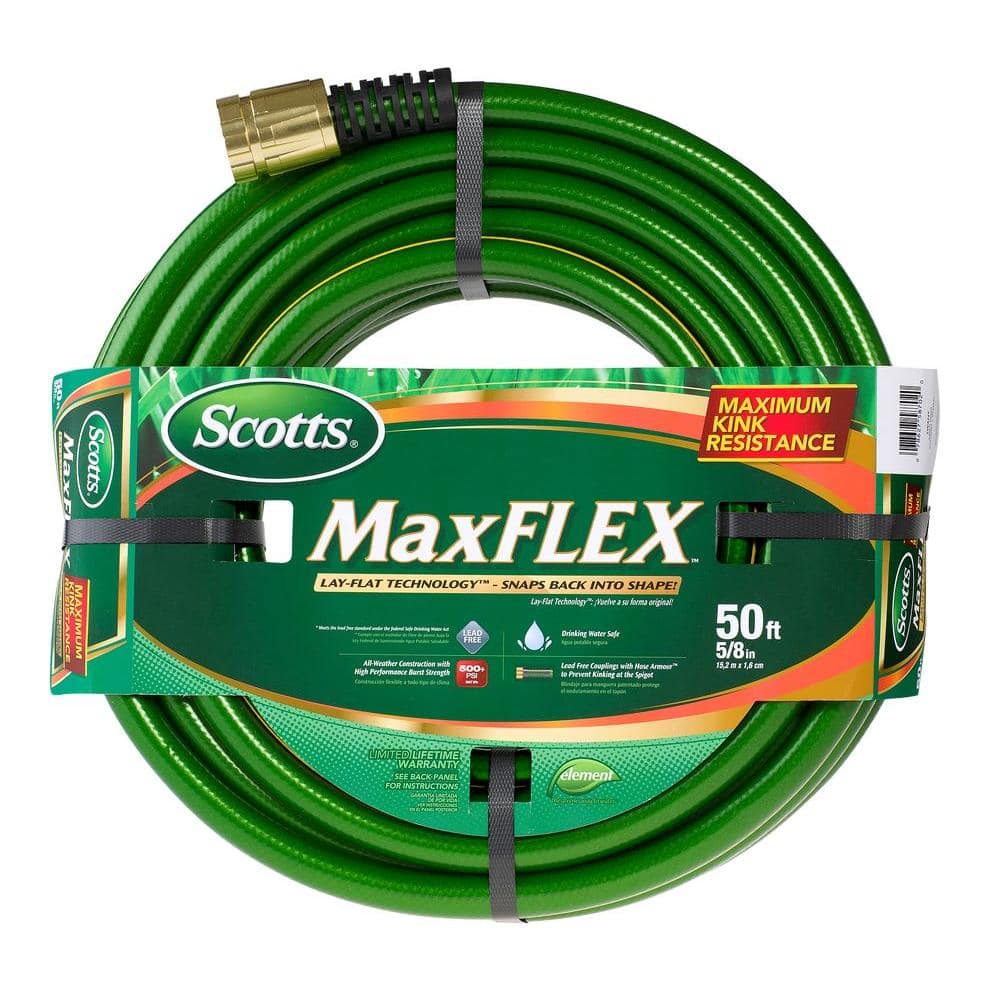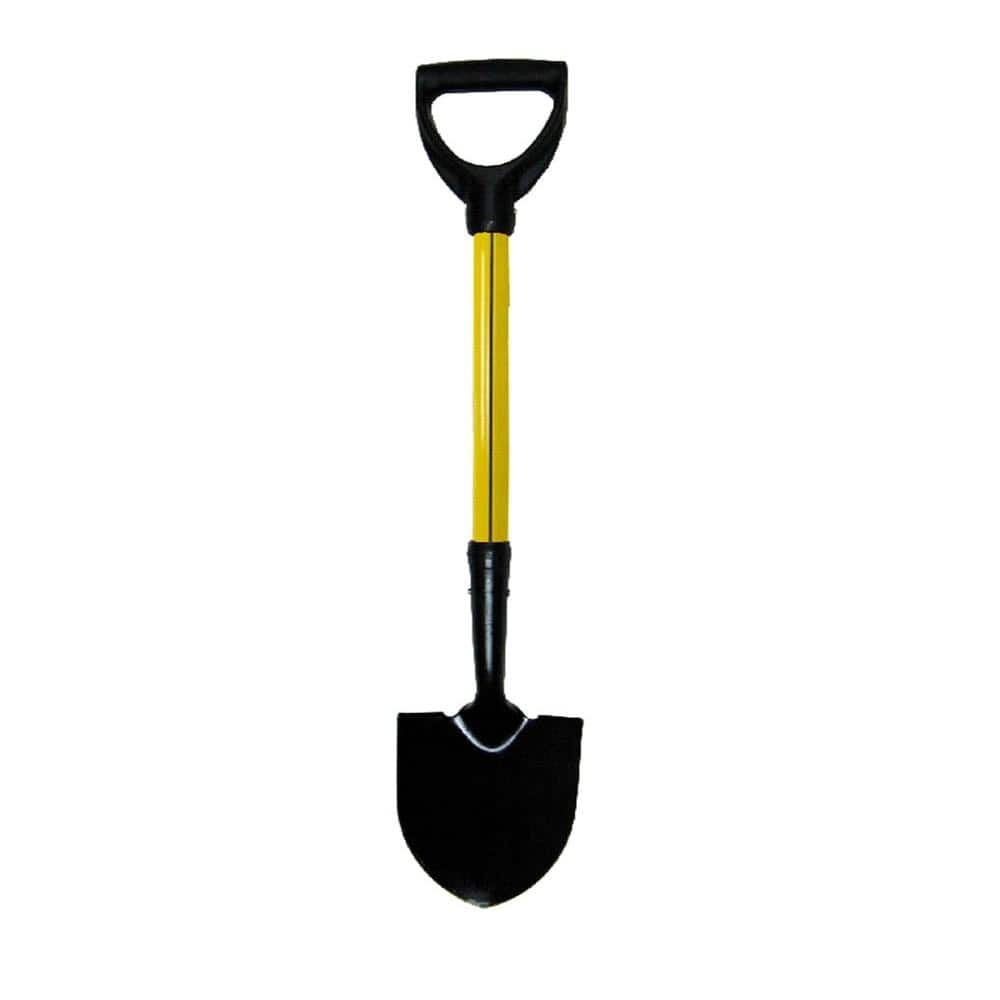Care Tips for Fall-Planted Perennials

Last updated September 7, 2023
As winter approaches, getting fall planting done is a top priority. Winter brings a muted color palette, but planting perennials will give you bright spring colors to look forward to. Plus, planting in the fall is easier on the plants and on you. The air is cooler but the soil is still warm, allowing roots to grow until the ground freezes.
This guide covers care tips for fall-planted perennials. A few tricks will help plants grow in the fall so they can bloom to their fullest potential come spring.
Table of Contents
Evaluate Your Yard
Use Bigger Plants
Give Roots Room to Grow
Give Plants a Sturdy Foundation
Water Deeply
Add a Layer of Protection
Evaluate Your Yard
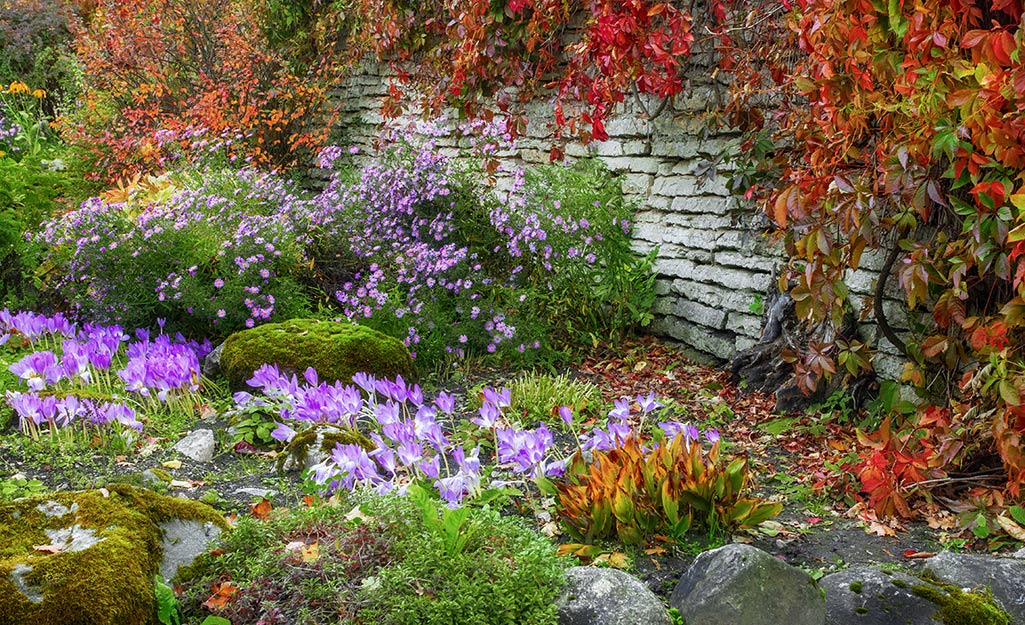
As fall approaches, take stock of your yard and garden. Think about what might be missing and anything you want to change. Look at plants that may not be thriving and see if they can be moved to a better place. Decide which spots might need a new plant or two to fill in holes.
Fall is a great time for planting seed or bulbs, as well as mature plants. It helps to have a plan in place before you begin adding to your yard, however.
Use Bigger Plants
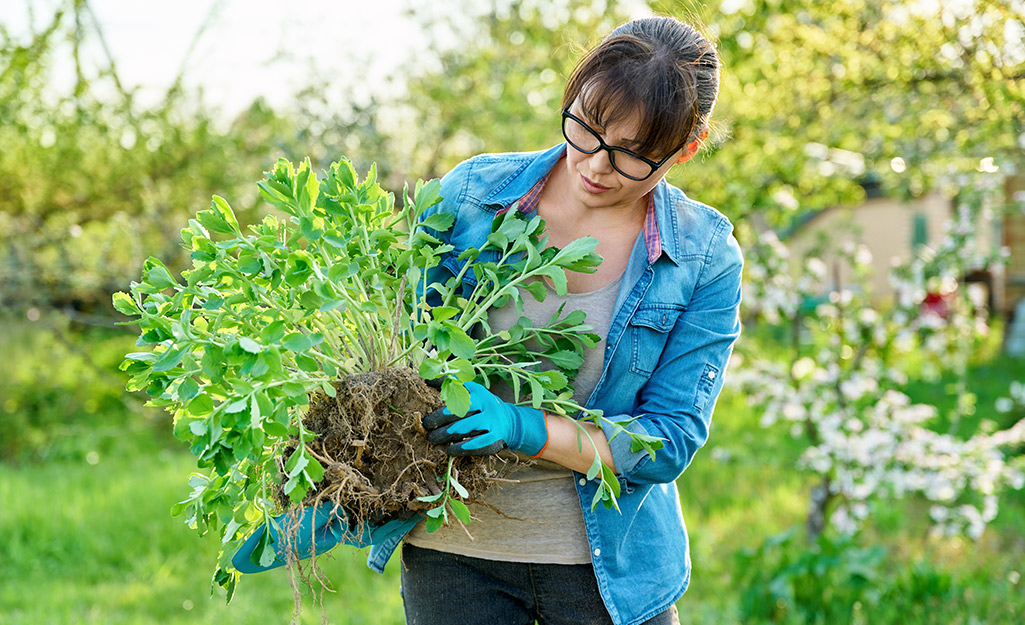
One of the many benefits of planting in the fall is that you can usually find fairly large plants. You may even be able to buy some of them at a discount. More established plants should be mature enough to flower.
Bigger plants usually mean stronger roots and a great chance of making it through winter. Plus, you will be able to see the results you want sooner.
Give Roots Room to Grow

When you pull a potted plant from its nursery pot, loosen the roots with your fingers around the sides and bottom of the plant. Loosening the roots will allow them to grow faster before the frost comes. Perennials won’t bloom until spring, so they’ll spend their energy getting better established in your soil.
Give Plants a Sturdy Foundation
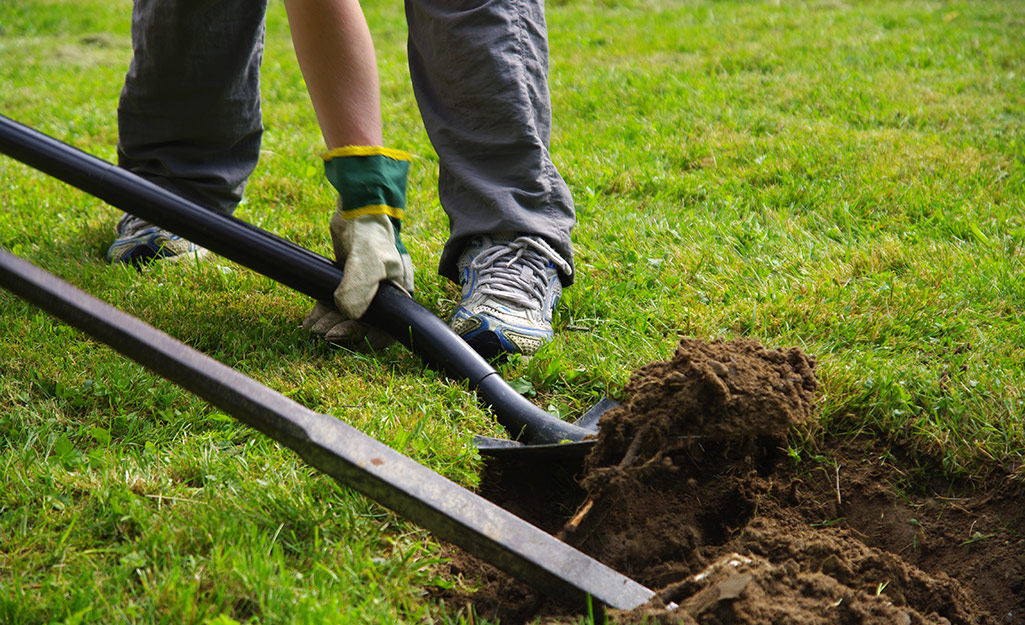
When you’re ready to add new plants to your yard, start by digging a hole as deep as the head of your shovel. The hole should be wider than the root ball of your plant. Loosen and break up any compacted soil. Add a shovel full of compost to the hole and mix in. This process can help your plants thrive.
Water Deeply
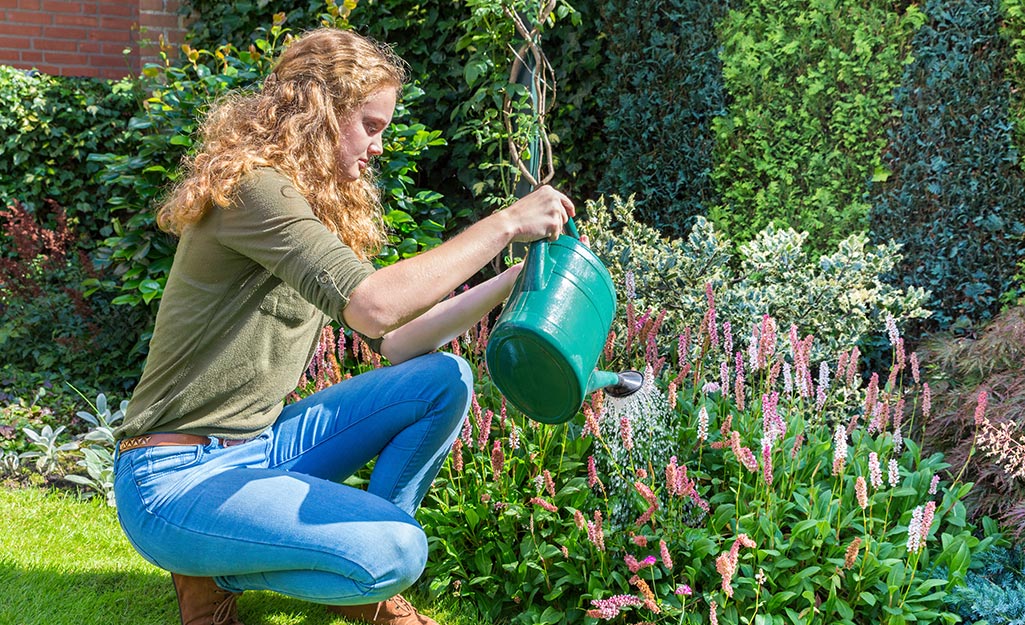
After planting perennials, water them deeply to allow the soil to settle around the roots. A thorough watering will help activate root growth.
Throughout the rest of the fall, however, such deep watering is not often necessary. Instead, keep an eye on your perennials. If the top of a plant seems dried out from the sun and wind, then you can soak it. As a general rule, don’t keep your fall-planted perennials too wet.
Add a Layer of Protection
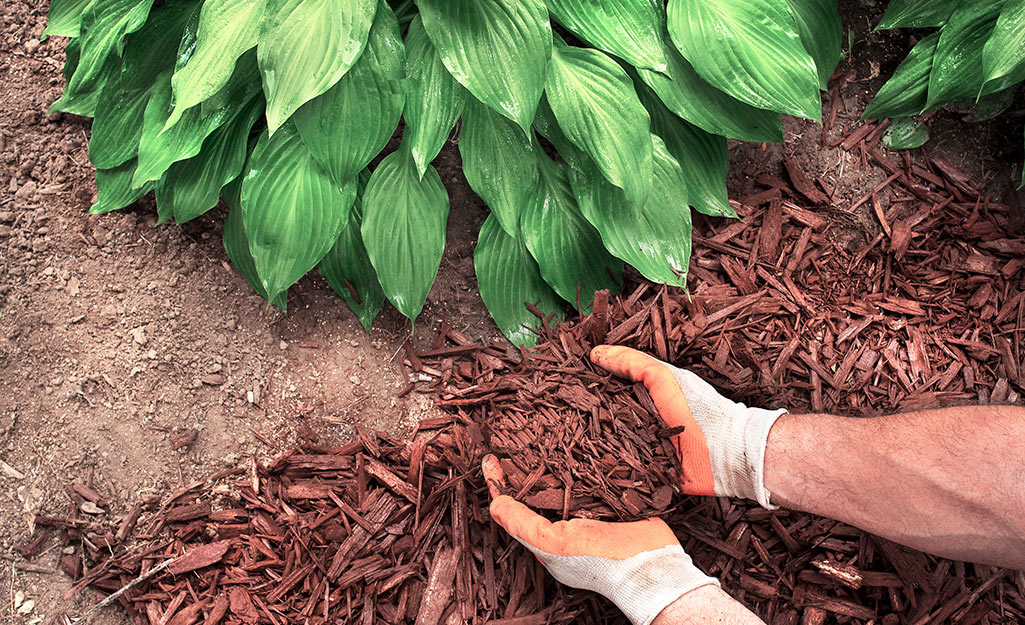
After planting perennials, add 2 to 3 inches of mulch around the base of the plant. Mulch has many benefits, including conserving moisture, and keeping roots protected and warm as the cold comes in.
Leave Perennials Standing for Birds and Insects
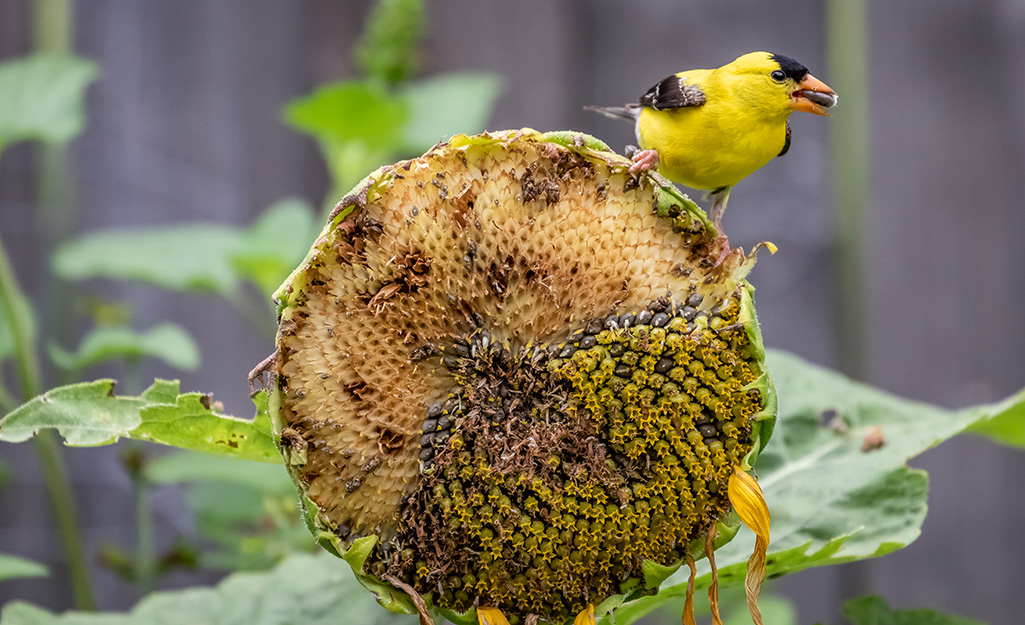
As you add new perennials to your garden, it might be tempting to remove plants that are past their prime. While a plant might look brown and dried out to you, it may still be very appealing to birds. They can eat the seeds from dried perennials like sunflowers and cornflowers. Plant stalks can provide cover for birds. They can also shelter insects during the winter, protecting them from predators.
You’ll have to wait to see the results, but planting fall perennials is worth it. When you add seeds, bulbs and plants to your garden in the fall, you’re giving the plants time to get established and thrive. Paying extra attention to fall planting will enhance your garden.
Shopping for fall perennials and gardening tools and supplies? The Home Depot delivers online orders when and where you need them.




